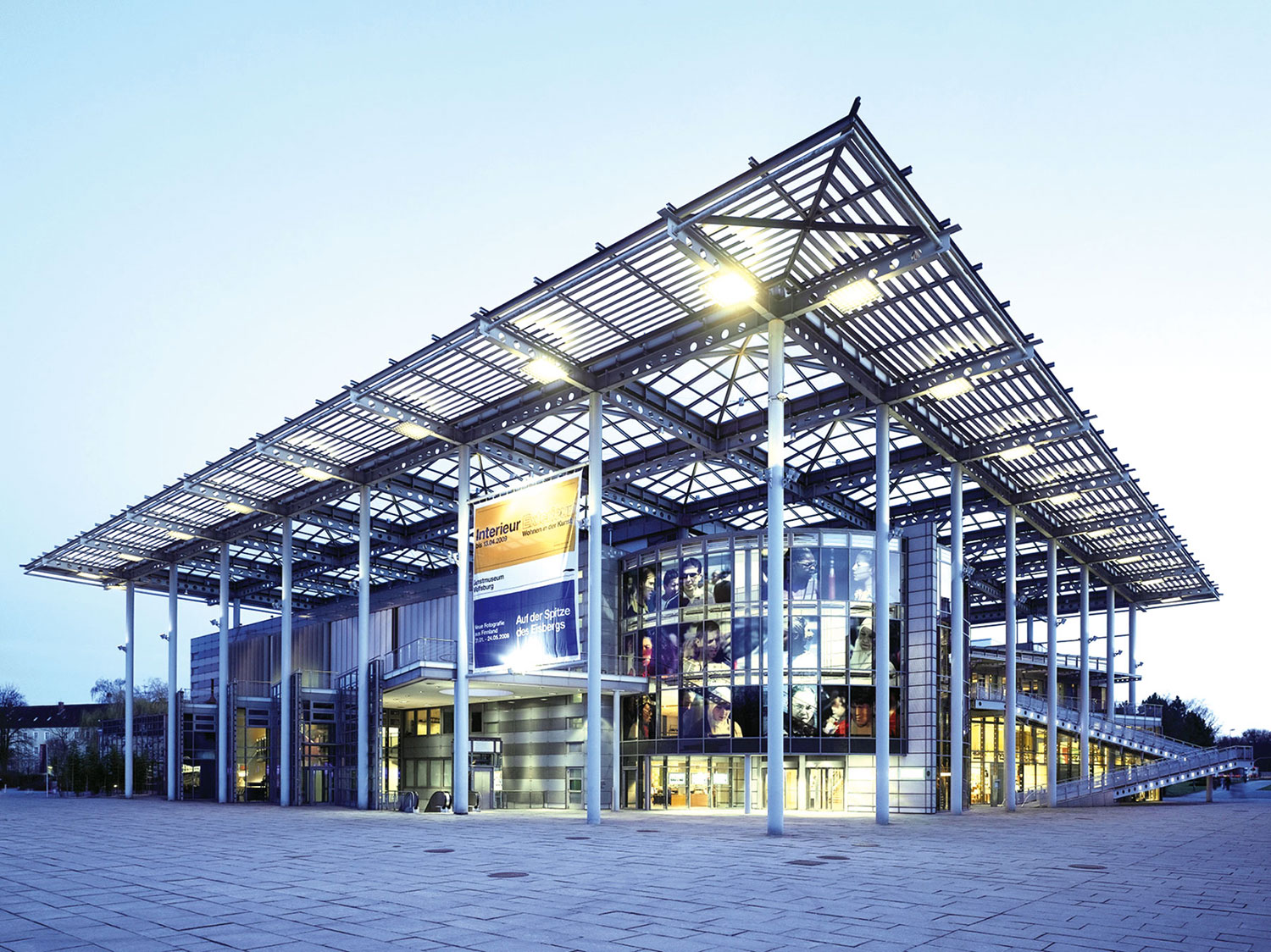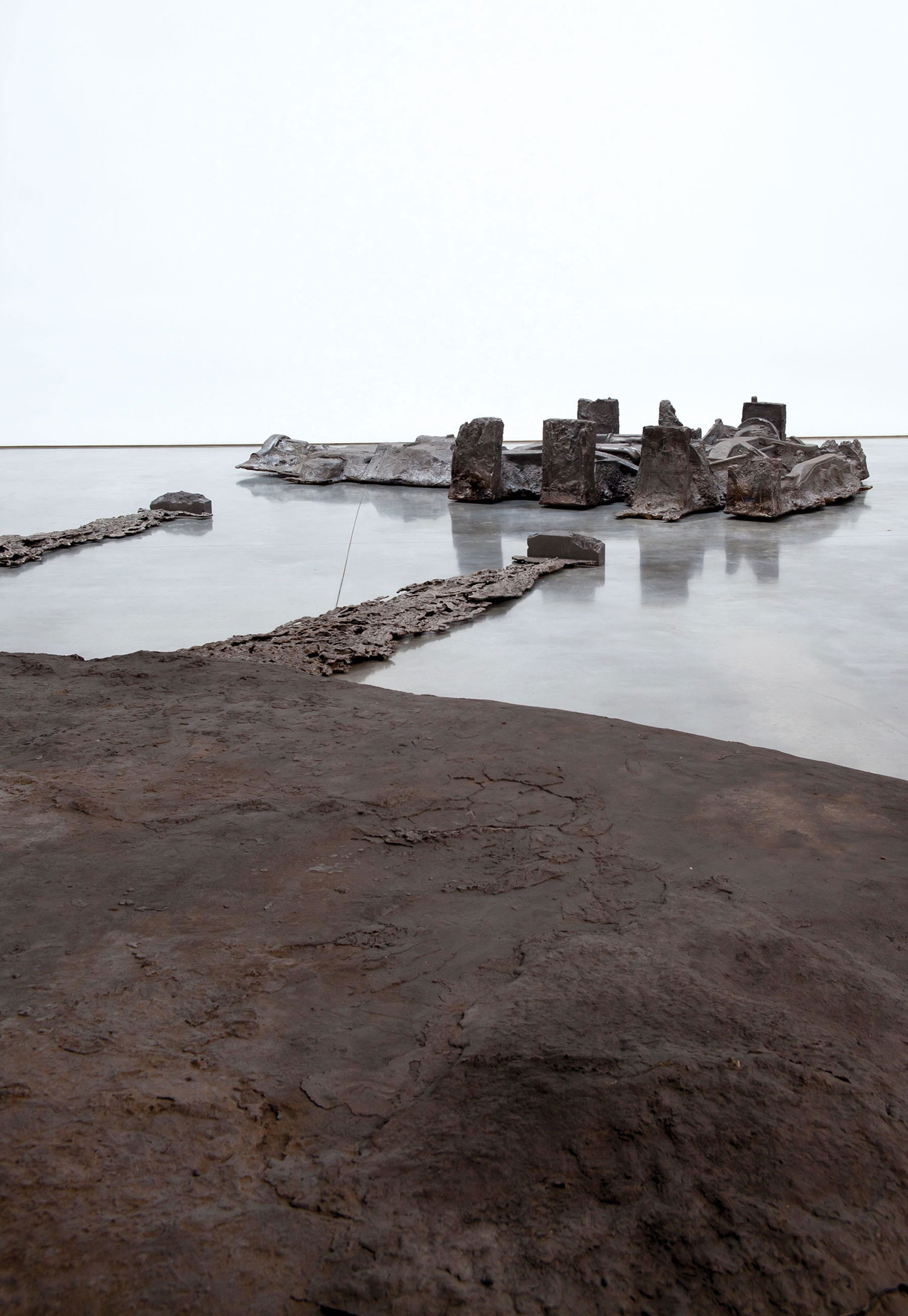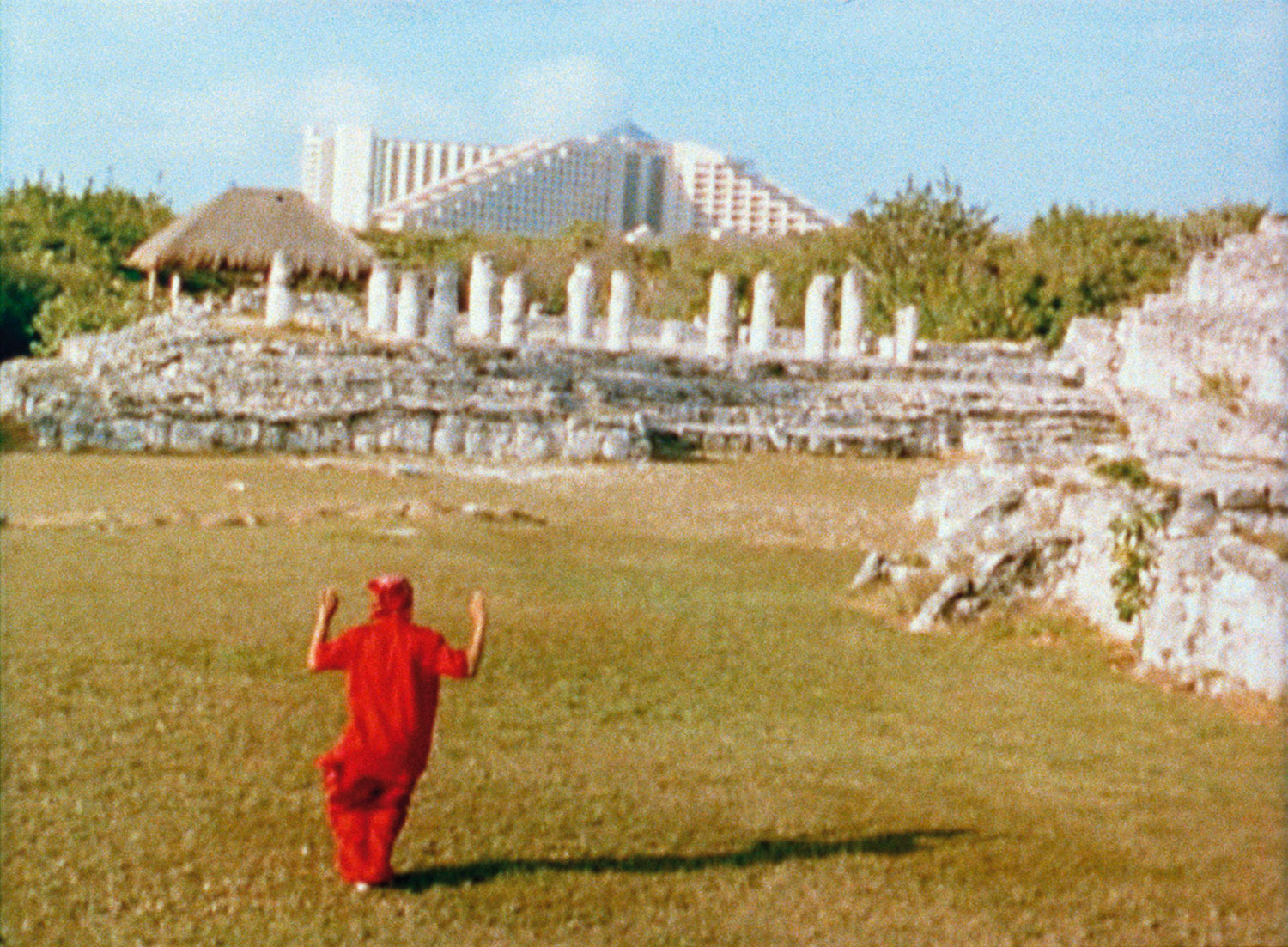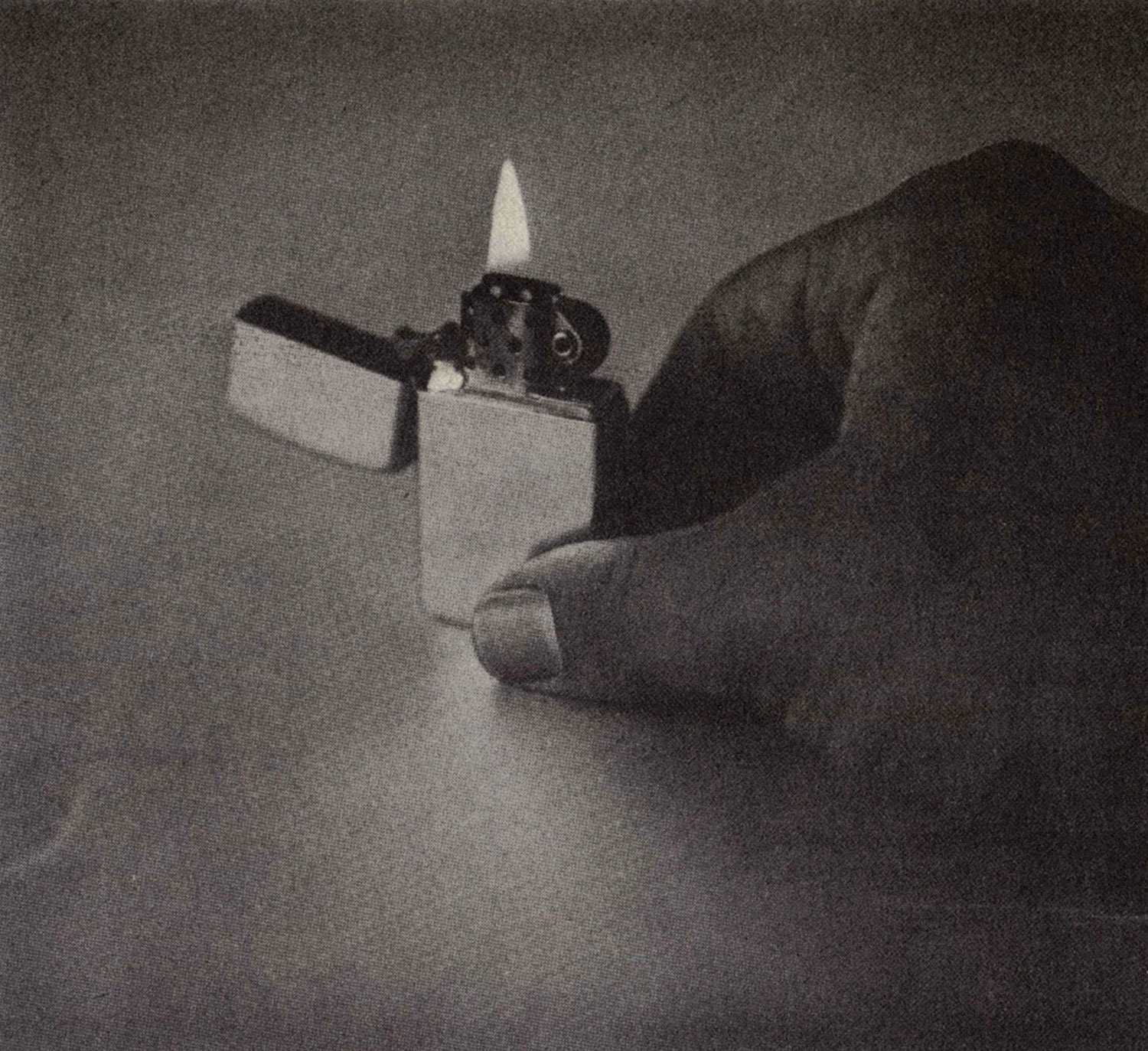
Ellen Blumenstein: You are currently working on the new installation of the annual exhibition at your collection, which opened in September. Can you tell us something about the theme? Are there central works around which you will build the presentation? Which new acquisitions will you show?
Erika Hoffmann: Yes, we are still rearranging the collection as we do every July. I do not see it as an exhibition though, but rather as a new setup of my apartment. You are right — I usually work around certain works I would like to see again, after they’ve emerged in my mind while looking at recent exhibitions. A new acquisition may even become a central work, setting the tone or the theme for the next installation. By combining it with works from storage I try to create a personal context, to visualize the network in the collection. Everything is linked in some way — it just needs a magic code functioning like a magnet, pulled below a chaotic field of iron filings. In contrast to that approach, this time I wanted to make an homage to Rolf, my husband, who died ten years ago. That means I focused on works dating from before 2001: works I haven’t shown during the last ten years, works Rolf was particularly fond of. I can’t show all his favorites from our common purchases because many of them have “performed” in my recent installations already. But I became aware that I have preferred less edgy works during the last years, looking more for harmony than for confrontation, which, for Rolf, was an essential means to understanding. The current installation’s prevailing question seems to be: What is our life?
EB: Having failed to build a kunsthalle in Dresden after the fall of the Iron Curtain in 1989, you and your husband moved from Mönchengladbach in West Germany to East Berlin in 1994 and took your entire collection with you to present it to the public for the first time. Can you tell me why you chose Berlin — apparently as a number-two choice after Dresden — and whether the city has influenced your collection and your relation to art since?

EH: There is an important difference between the concepts for Dresden and Berlin. With the Kunsthalle Dresden we wanted to build an independent institution for showing museum-like exhibitions of 20th-century Western art, on loan from a pool to be formed of around 20 international collections, of which our own collection would have been just one. We conceived the kunsthalle as a private/public partnership. In Berlin we were less ambitious. We just looked for a private place to work and live amidst our artworks and, at times, share that experience with the public. However, our mission behind both concepts was the same: to participate in and to even contribute to the dialogue between East and West Germany. For ourselves, in contemporary art, the most meaningful experience had been that of freedom and risk; that experience was what we aimed to offer to our neighbors. Dresden had been our first choice because we imagined this burnt-out city with its amazing collections of old masters needed a sign of a better future — hence we opted for a keen architectural project by Frank Stella. Since we didn’t succeed in convincing the leading politicians of our ideas, we turned to Berlin’s Mitte, the former Eastern part of the city, as the center of discussion and dispute between East and West, hoping to be able to realize our own thing there. We did not only bring objects we collected in the West, but also conceptions about contemporary art.
EB: As one of the very first private collections to be opened up for visitors in Berlin, do you think your commitment to the city has influenced the development of its artistic context? Do you perceive yourself as an active member of the art community here?
EH: More important than the opening of the first private collection in Mitte was probably the fact that inexpensive studio spaces abounded in run-down buildings. Today the center of the city is so developed that many artists and galleries have moved on to other quarters. Unlike those nomads, I as a citizen feel responsible for the place we settled in. I try to maintain the private yet open character of both the courtyards and the collection, for both the art community and the broader public.
EB: One of the particularities of your collection is that your private facilities and the rooms for the presentation of your artworks occupy the very same space — namely the two upper floors of a former sewing machine factory in Sophie-Gips-Höfe in Berlin-Mitte. When describing the conception of your collection and its presentation, you speak about a shift in your relationship to art from the purely private pleasure of living with it to the desire to share this pleasure with others at certain times. Can you tell me how this shift came about and what your experiences have been since you opened your collection to audiences almost 15 years ago?

EH: When the wall came down we simply felt challenged to do something, even more so because we had given up our profession in 1988 and were free to start a new life. Of course it still took courage to step out of anonymity, to publicly show and talk about what we had gathered just for our own pleasure. But today, after feedback from visitors, after exchanging ideas with people of countless diverse cultural backgrounds, languages, frames of mind and professional knowledge, I’ve learned so much about these works that I thought I knew already; I feel more enriched than I could ever have imagined.
EB: In addition to your exhibition presentations, you regularly organize dialogues between artists on specific topics, or you invite guests for joint video screenings, among other things. You have also emphasized your interest in having conversations about art on a private or more intimate level, for example with your husband, with artists and also with visitors to the collection. This gives me the impression that your approach to art is oriented toward a possible exchange through art, as much as it is about the artwork itself. Can you describe your relation to the artwork — its double role as a steady and personal companion and as a means by which you reveal your interests, thoughts and conceptions to others?
EH: Influenced by the disdain of bourgeois greed cultivated by the younger generation in the ’60s, I used to be more interested in the immaterial ideas embodied in an artwork than in the material object itself, which at first glance often appeared rather bare. In those years my husband and I enjoyed talking to artists we met at the openings of the Städtische Museum Abteiberg in Mönchengladbach. Eventually we became aware that some of them would even sell their work to us. Once in our home, the artwork would enable us to imagine an intellectual and emotional dialogue with the artist at any given moment. Of course, over the years, thoughts, remarks and all kind of memories accumulate on a given work, so that it may become too loaded to move around freely or to inspire new ideas. In addition to my personal habits and inclinations, there is another reason to encourage communication about contemporary art: there are no set criteria or rules on how to view or to judge the work; each observation, each comment adds to the multiple facets of an incomprehensible entity. I am convinced that discussing a work while looking at it stimulates everybody to see with his or her own eyes, to make up his or her own mind.





